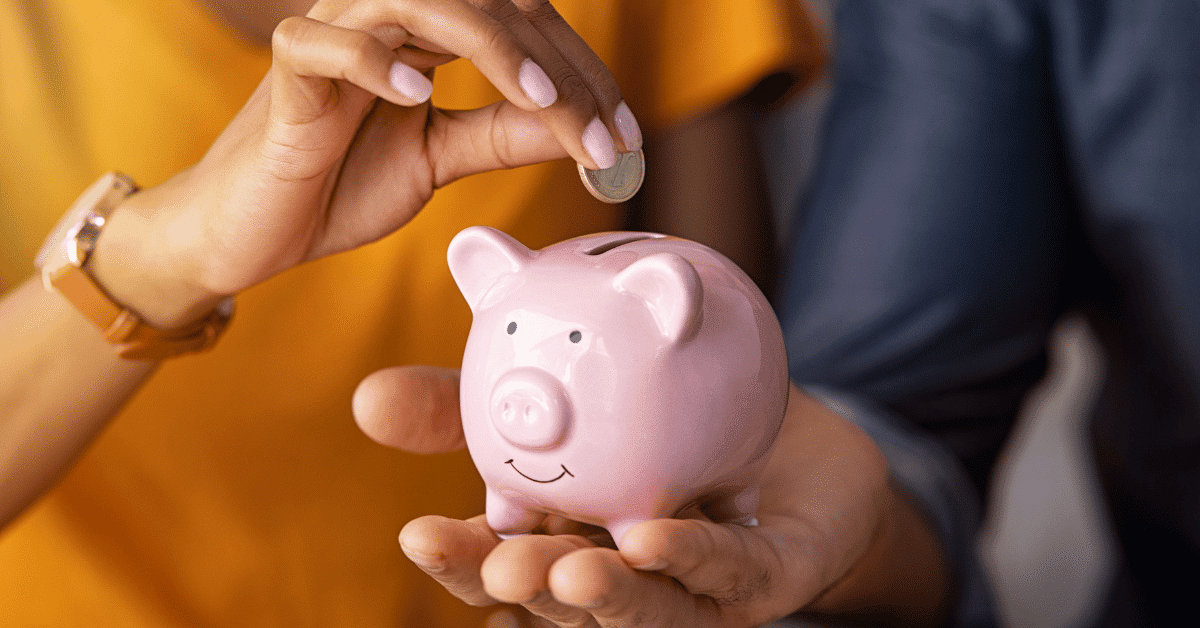
Topics
Life is full of surprises, and not all of them are good. Job loss, health problems, unexpected car or home repairs – unforeseen events happen. Having a solid emergency fund is crucial to face these situations without compromising your financial future or going into debt.
But how much money do you really need to save? Our emergency fund calculator helps you determine the ideal amount based on your expenses and financial stability.
What is an Emergency Fund?
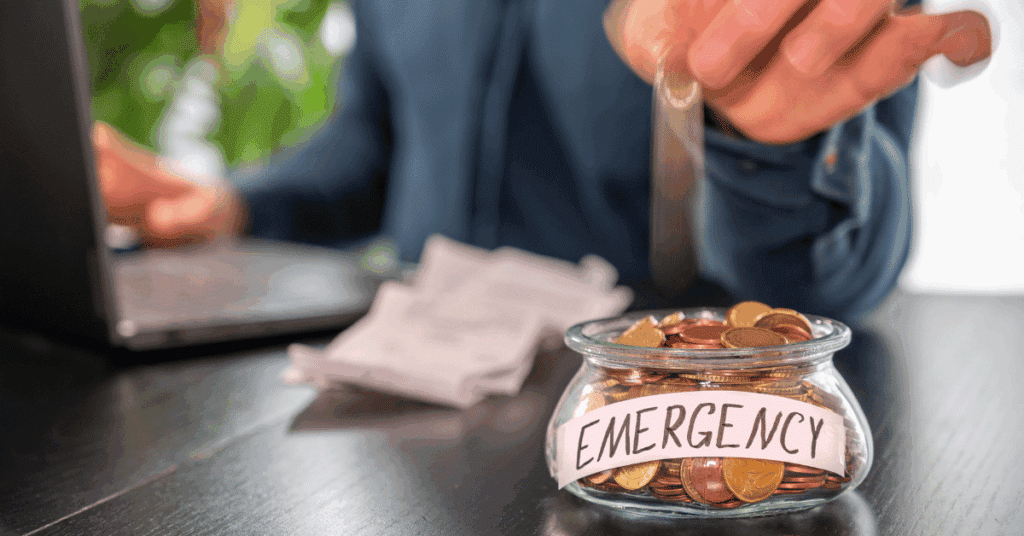
An emergency fund is money set aside specifically to cover unexpected and essential expenses if you lose your income source or face a significant unforeseen cost. It acts as a financial safety net, preventing you from needing to:
- Use credit cards and pay high interest
- Take out loans with high rates
- Withdraw investments intended for other goals (like retirement)
- Sell important assets in a hurry
Why is an Emergency Fund So Important?
- Security and Peace of Mind: Knowing you have money saved for emergencies reduces financial stress and provides peace of mind.
- Avoids Debt: It’s the first line of defense against debt during times of crisis.
- Protects Your Investments: Prevents you from having to cash out long-term investments during unfavorable market conditions.
- Flexibility: Gives you time to regroup in case of job loss, without desperation.
How Much Money to Keep in an Emergency Fund?
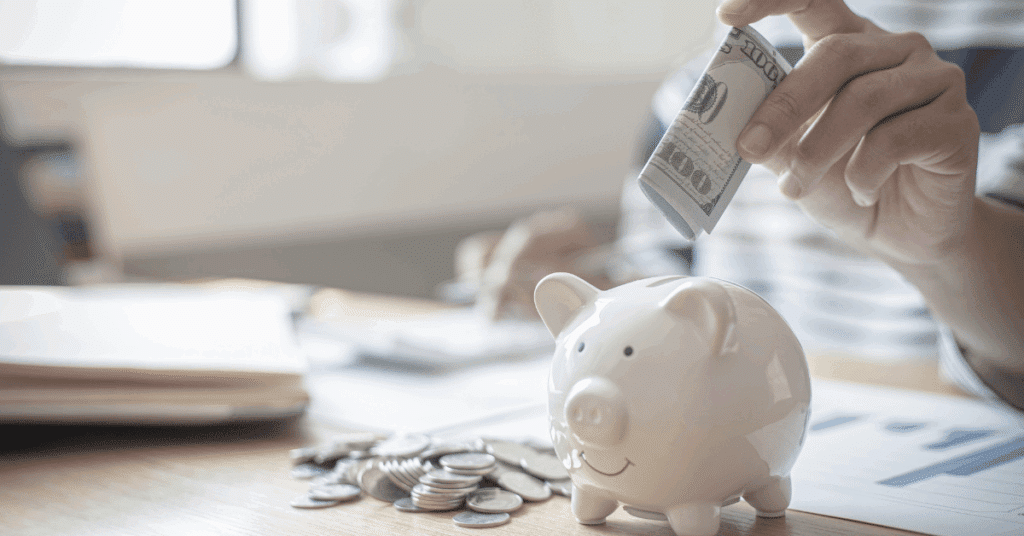
The general rule is to have between 3 to 12 months of your essential monthly expenses saved. The exact number of months depends on several factors, mainly your income stability:
- Stable Income (3 to 6 months): If you have a secure job (like a public servant or a long-term employee) and little chance of losing your income, a smaller reserve may be sufficient.
- Moderate Income (6 to 9 months): For employees with less time at the company, freelancers with recurring clients, or families where only one person works, an intermediate reserve is more prudent.
- Unstable Income (9 to 12 months): Self-employed individuals, freelancers, commission-based workers, or people in very volatile sectors should aim for a larger reserve to cover longer periods without income.
Our calculator takes these factors into account to give you a personalized recommendation.
How to Use Our Emergency Fund Calculator
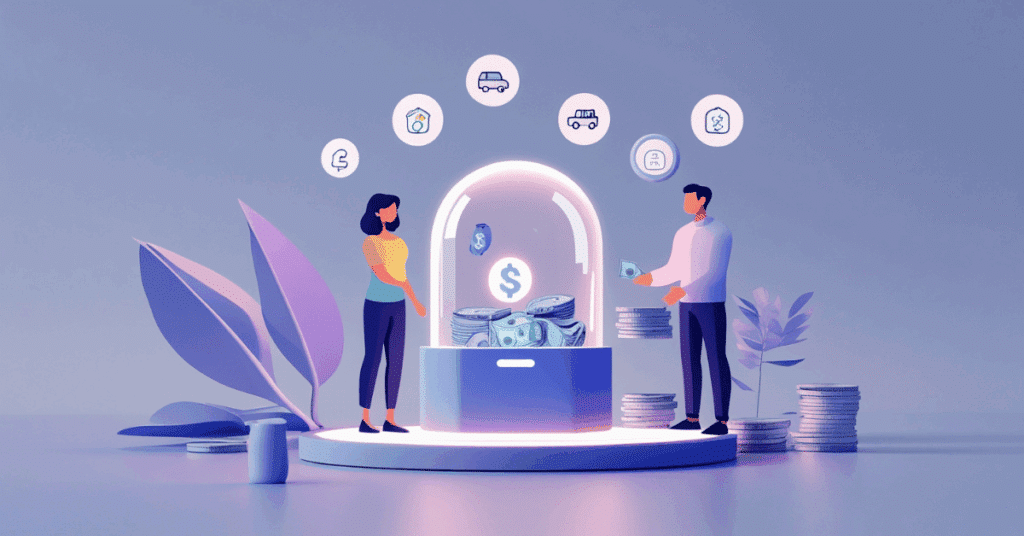
It’s very simple:
- Enter Your Essential Monthly Expenses: Add up all your indispensable monthly costs (housing, food, transportation, health, education, basic bills). Do not include expenses for leisure, superfluous purchases, or investments.
- Select Your Income Stability Level: Choose the option that best describes your current situation (Stable, Moderate, or Unstable).
- Click “Calculate Reserve”: Instantly see the recommended range for your emergency fund.
Emergency Fund Calculator
Find out how much you need to save for unexpected events.
Where to Keep Your Emergency Fund?
Emergency fund money needs to be in a safe place with easy access (high liquidity). The best options usually are:
- Savings Account: Traditional, safe, and with daily liquidity, but low returns.
- Tesouro Selic: Brazilian federal government bond considered the safest investment in the country, with daily liquidity (T+1) and returns higher than savings.
- CDBs with Daily Liquidity: Certificates of Deposit offered by banks, usually with returns linked to the CDI rate and guaranteed by the FGC (Credit Guarantee Fund) up to R$ 250,000 per CPF and institution.
- DI Funds: Investment funds that invest in fixed-income securities linked to the DI rate (close to Selic), with daily liquidity.
Important: Avoid keeping your reserve in higher-risk or low-liquidity investments, such as stocks, real estate funds, or long-term bonds.
How to Build Your Emergency Fund?
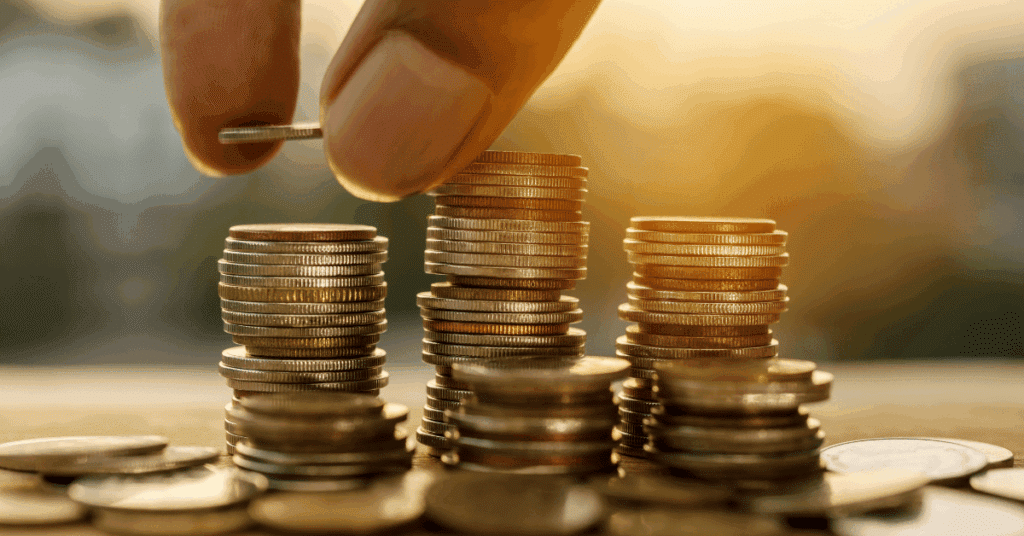
Building a reserve can take time, but it’s a crucial step. Follow these tips:
- Define Your Goal: Use the calculator to know how much you need to save.
- Start Small: Even if you can’t save much initially, start with what you can. Any amount is better than nothing.
- Automate: Set up automatic monthly transfers from your checking account to your reserve account.
- Cut Expenses: Analyze your budget and see where you can cut costs to direct more money to the reserve.
- Use Extra Income: Allocate bonuses, 13th salary, tax refunds, and other extra income directly to the reserve until you reach your goal.
- Prioritize: Building the emergency fund should be a priority before starting to invest for other goals (except perhaps for retirement, depending on your strategy).
Frequently Asked Questions About Emergency Funds
Should I stop paying debts to build the reserve?
Not necessarily. Ideally, try to do both. If you have high-interest debts (like credit cards), it might be more advantageous to focus on them first or split your extra resources between paying debts and building the reserve. A small initial reserve (e.g., 1 month of expenses) is always recommended.
When can I use the reserve money?
Use the reserve only for real emergencies, such as job loss, unexpected medical expenses, urgent and unavoidable repairs. Avoid using it for vacations, shopping, or other planned expenses.
What if I use part of the reserve, do I need to replenish it?
Yes! If you need to use your reserve, your priority should be to rebuild it as quickly as possible to be prepared for the next unforeseen event.
Does my reserve need to yield high returns?
The main goal of an emergency fund is not the return, but safety and liquidity. Choose safe and easily accessible investments, even if the return is modest.
Start Building Your Financial Security Today
Don’t wait for the next unexpected event to happen. Use our calculator to set your emergency fund goal and start saving money today. Having this security will allow you to navigate life’s challenges with more peace of mind and control.
Emergency Fund Calculator
Find out how much you need to save for unexpected events.


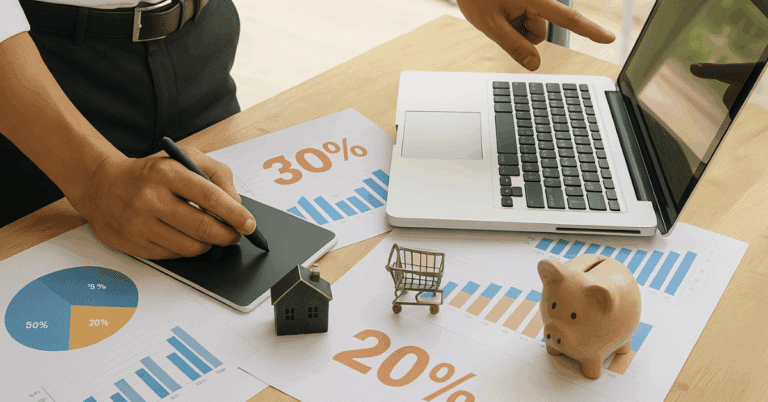
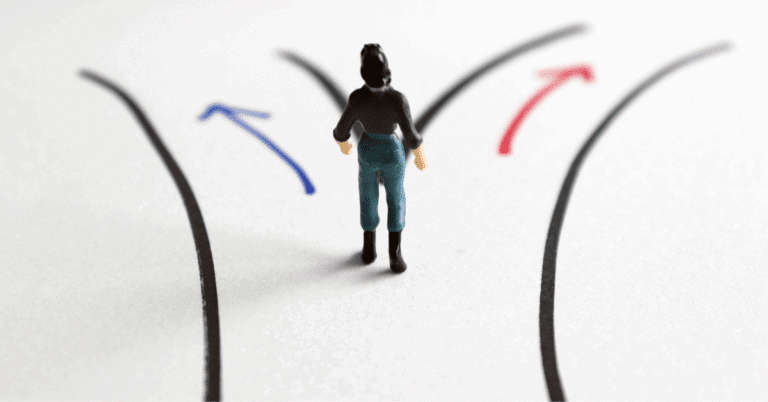


Leave a Comment